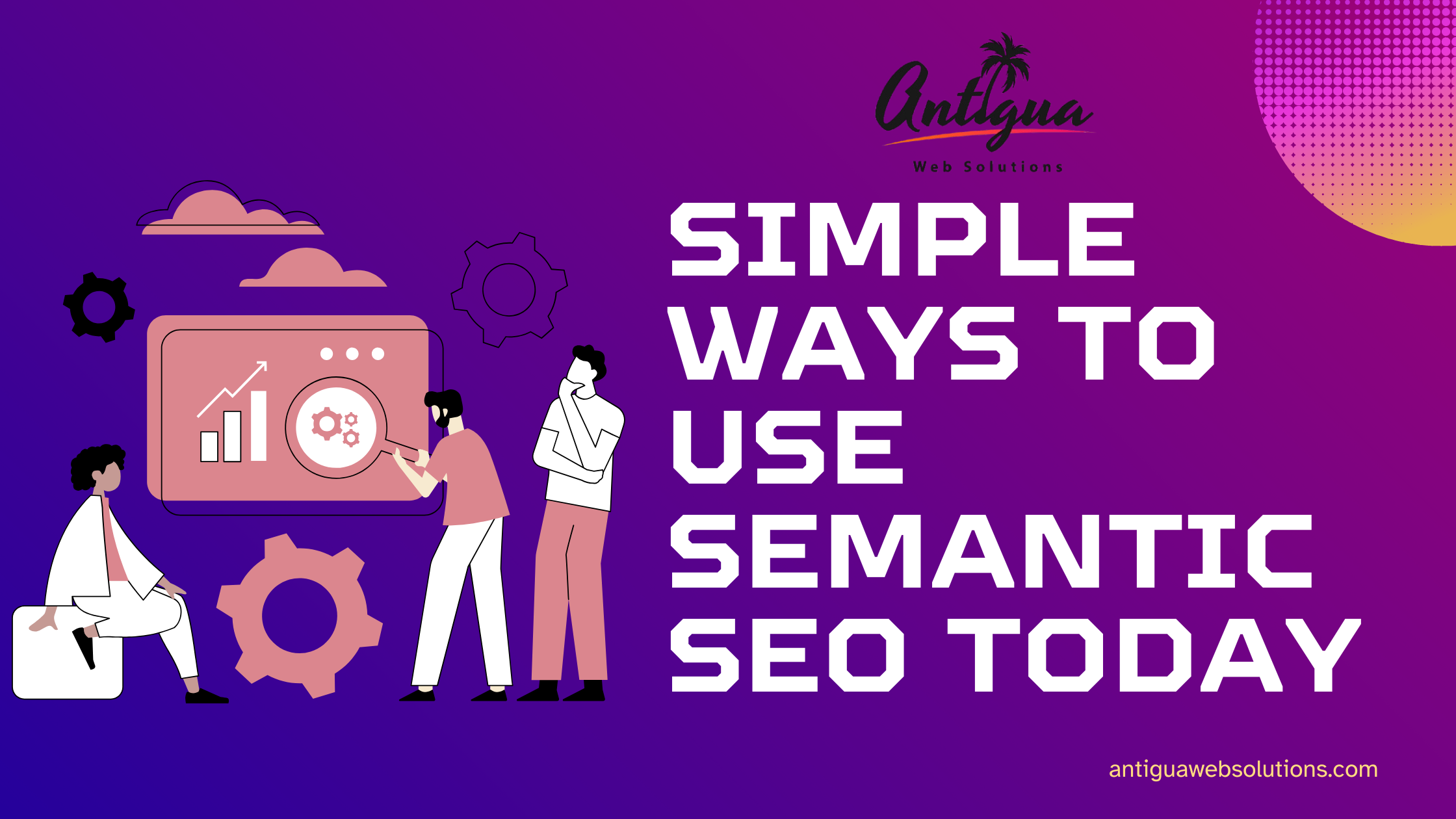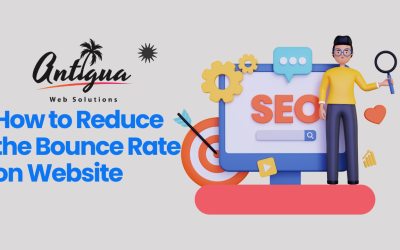Semantic SEO has become a cornerstone of effective digital marketing. It focuses on creating content that aligns with user intent and improves search engine understanding by emphasizing the relationships between words, phrases, and their context. This approach helps content rank better and delivers a better user experience.
In this guide, we’ll explore what is semantic SEO, its importance, and five actionable strategies to integrate it into your digital marketing efforts. Whether you’re new to SEO or looking to enhance your current strategy, these tips will help you navigate this complex yet rewarding area.
Table of Contents
- What is Semantic SEO?
- Why is Semantic SEO Important?
- How Semantic SEO Works
- 5 Simple Ways to Use Semantic SEO Today
- Utilize Keyword Clustering
- Focus on User Intent
- Leverage Structured Data
- Build Contextual Links
- Explore Semantic SEO Tools
- Semantic SEO Automation: Is It Worth It?
- Benefits of Semantic SEO
- Challenges of Semantic SEO and Solutions
- Conclusion
What is Semantic SEO?
At its core, semantic SEO is the practice of optimizing content to match the meaning and intent behind search queries rather than just focusing on individual keywords. It involves creating in-depth, comprehensive content that answers user questions and addresses their needs holistically.
Semantic SEO Meaning:
Instead of targeting a single keyword, semantic SEO strategies aim to cover a topic thoroughly by addressing related queries, synonyms, and subtopics.
Why is Semantic SEO Important?
1. Enhances Search Engine Understanding
Search engines like Google have evolved to understand context and intent through algorithms like RankBrain and Hummingbird. Semantic SEO helps align your content with these advanced algorithms.
2. Improves User Experience
By focusing on intent and providing comprehensive answers, semantic SEO strategies ensure users find the information they need quickly and efficiently.
3. Increases Keyword Coverage
A well-executed semantic SEO strategy enables content to rank for a wide range of keywords, increasing visibility and traffic.
4. Supports Long-Term Rankings
Unlike traditional keyword-based approaches, semantic SEO aligns with future algorithm updates, making your content more sustainable.
How Semantic SEO Works
Semantic SEO relies on technologies like:
- Latent Semantic Indexing (LSI): Identifying relationships between words and phrases.
- Entity Recognition: Understanding and connecting concepts within content.
- Knowledge Graphs: Displaying interconnected data points in search results.
Search engines use these technologies to interpret content holistically, rewarding pages that provide meaningful and comprehensive answers.
5 Simple Ways to Use Semantic SEO Today
1. Utilize Keyword Clustering
Traditional SEO focuses on individual keywords, but semantic SEO emphasizes keyword clusters. Group related keywords to cover topics more comprehensively.
Example:
- Primary Keyword: “semantic SEO meaning”
- Related Keywords: “what is semantic SEO,” “semantic SEO tool,” “semantic SEO guide.”
Organizing content around these clusters improves relevance and ensures your content addresses multiple user queries.
2. Focus on User Intent
Understanding the intent behind search queries is fundamental to semantic SEO strategies. Search intent typically falls into three categories:
- Informational: Users seek knowledge (e.g., “what is semantic SEO”).
- Navigational: Users look for a specific page or site.
- Transactional: Users are ready to take action, such as making a purchase.
Create content tailored to these intents to improve engagement and rankings.
3. Leverage Structured Data
Structured data helps search engines understand your content better, enhancing your chances of appearing in rich snippets and knowledge panels.
Examples of Structured Data Types:
- FAQ Schema: Ideal for answering common questions.
- How-To Schema: Perfect for instructional content.
- Article Schema: Helps classify articles for better visibility.
Tools like Google’s Structured Data Markup Helper can assist with implementation.
4. Build Contextual Links
Internal and external links are vital for semantic SEO strategies. Use links to connect related content and guide users to valuable resources.
Tips:
- Use descriptive anchor text to provide context.
- Link to authoritative sources for added credibility.
- Ensure links are relevant and enhance user experience.
5. Explore Semantic SEO Tools
Several tools can help automate and optimize your semantic SEO efforts.
Recommended Tools:
- Surfer SEO: Analyzes top-ranking pages to identify content gaps.
- LSIGraph: Generates latent semantic keywords for your topics.
- SEMrush: Offers advanced tools for keyword research and analysis.
Incorporating these tools into your workflow can save time and improve results.
Semantic SEO Automation: Is It Worth It?
While semantic SEO automation can simplify processes like keyword research and content analysis, it’s not a replacement for human creativity. Use automation to handle repetitive tasks but ensure your content retains a human touch.
Benefits of Semantic SEO
- Increased Traffic: Comprehensive content attracts more users and boosts organic traffic.
- Improved Engagement: High-quality content tailored to user intent keeps readers on your site longer.
- Better Rankings: Content optimized with semantic SEO tools ranks for multiple keywords, improving overall visibility.
- Enhanced Brand Authority: Providing in-depth, valuable content establishes your brand as an industry leader.
Challenges of Semantic SEO and Solutions
Common Challenges
- Identifying user intent accurately.
- Keeping up with search algorithm updates.
- Balancing comprehensiveness with readability.
Solutions
- Use advanced tools to analyze intent and content gaps.
- Stay informed about SEO trends and updates.
- Work with experienced content creators to maintain quality.
Conclusion
Semantic SEO is more than a strategy—it’s a necessity for staying competitive in today’s digital landscape. By understanding what is semantic SEO and following the steps outlined in this guide, you can create content that ranks higher, engages users, and drives conversions.
Whether you’re new to SEO or refining your approach, embracing semantic SEO tools and focusing on user intent will help you succeed. Start implementing these strategies today to future-proof your content and boost your online presence.
At Antigua Web Solutions, we’re here to help you navigate the complexities of semantic SEO with tailored solutions designed for your business needs. Let’s work together to achieve your digital marketing goals!





